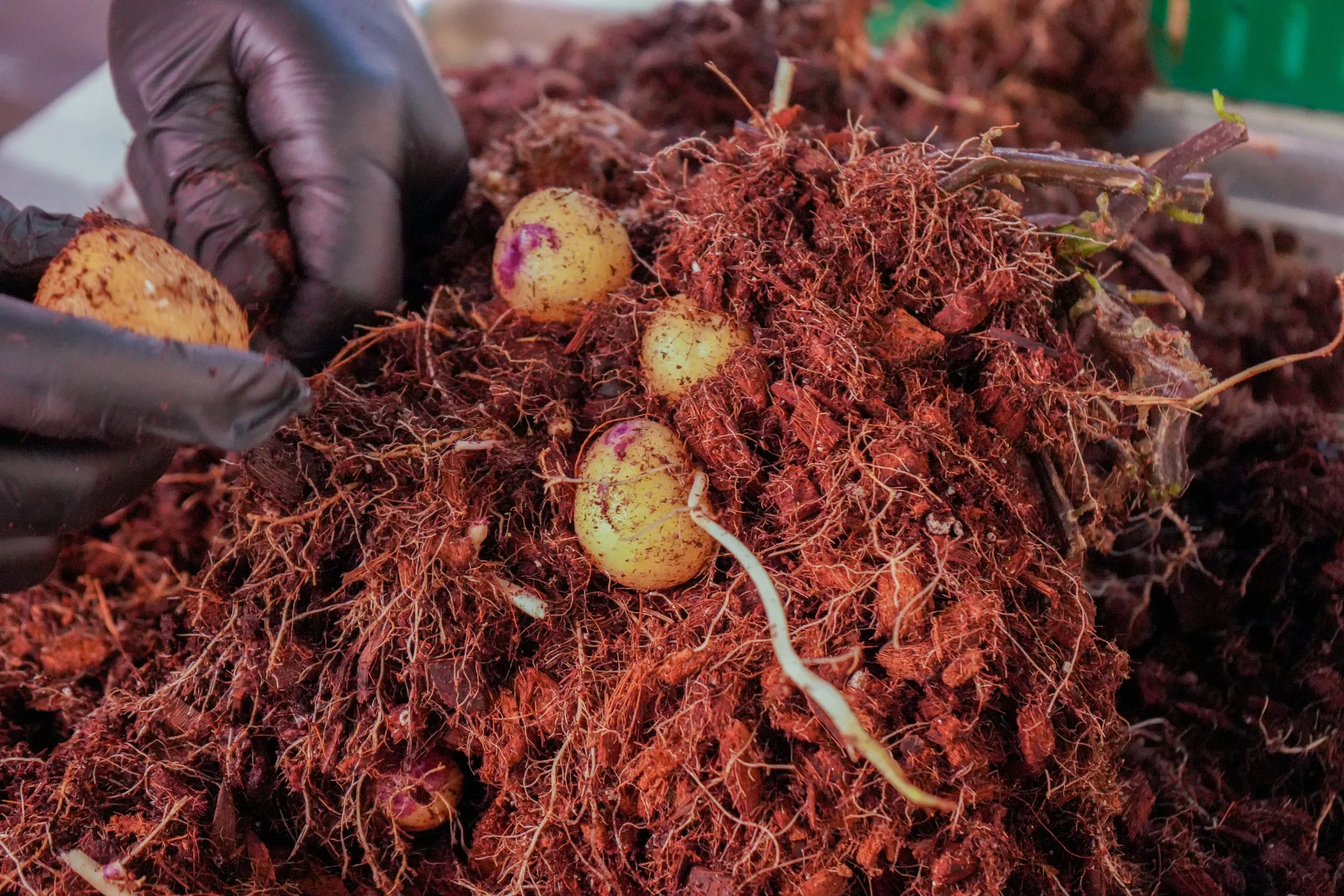Stolon
What is a stolon?
In botany, a stolon is a horizontal, above-ground stem that grows along the surface of the soil or just below it. It is a specialized plant structure that plays a crucial role in asexual reproduction and spreading of certain plants. Stolons are also referred to as runners or creeping stems.
Stolons typically emerge from the base of a plant and elongate horizontally, producing nodes and internodes along their length. At each node, new roots and shoots can develop, allowing the stolon to form new plant individuals, essentially cloning the parent plant.
What is the purpose of a stolon?
The main purpose of stolons is vegetative propagation, enabling plants to colonize new areas, spread rapidly, and establish new colonies. Some common examples of plants that produce stolons include strawberries, certain grasses, and some types of ferns.
Stolons can be a valuable adaptation for plant survival, as they allow for efficient colonization of suitable habitats and the establishment of genetically identical individuals. They are an intriguing aspect of plant morphology and contribute to the diversity and expansion of various plant species.
Stolons in relation to tubers:
In relation to tubers, a stolon is a specialized above-ground stem that connects the parent plant to the newly forming tubers. It acts as a conduit, allowing the transfer of nutrients and energy from the parent plant to the developing tubers.
During tuber formation, the stolon grows horizontally above or just below the soil surface. As it extends, it produces nodes along its length where the tubers develop. At each node, the stolon gives rise to adventitious roots, which anchor the developing tubers in the soil and facilitate nutrient uptake.
The stolon supplies the developing tubers with carbohydrates, starches, and other nutrients accumulated by the parent plant. These nutrients are transported through the stolon to support the growth and development of the tubers. As the tubers mature, they become independent storage organs, capable of sustaining themselves and the future growth of the plant.
Stolons play a crucial role in tuberization, serving as a connection between the parent plant and the newly forming tubers. They facilitate the efficient transfer of resources and contribute to the successful development of tubers, ensuring the plant's ability to store energy for future growth, reproduction, or survival during unfavorable conditions


